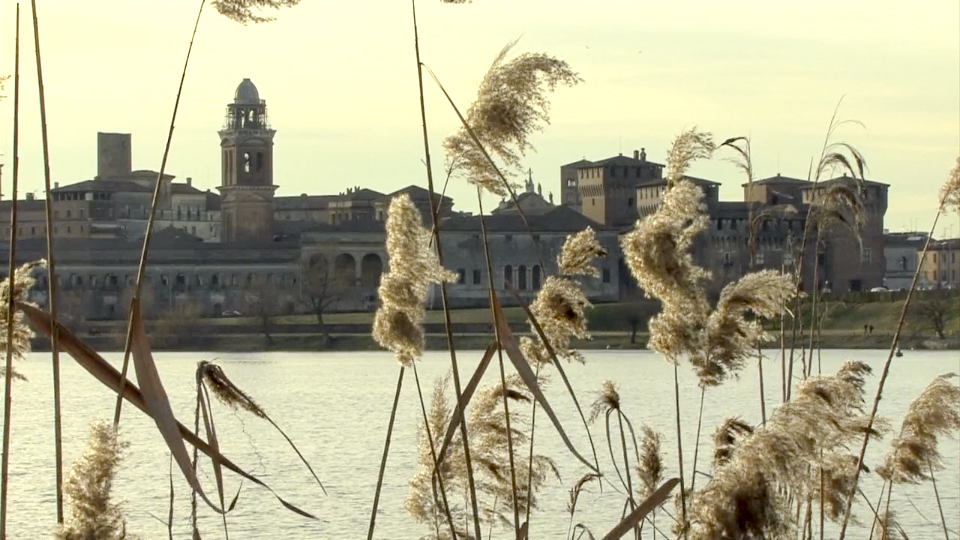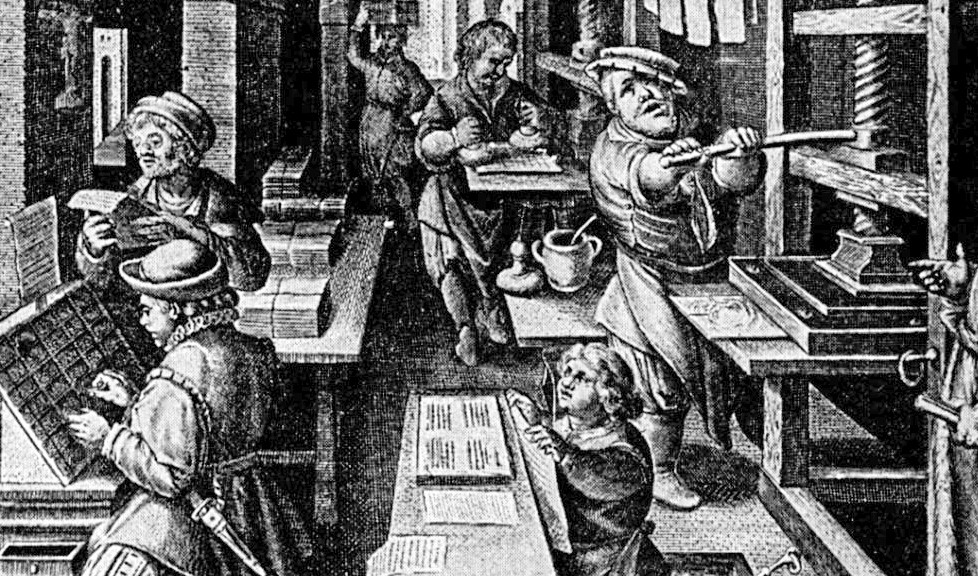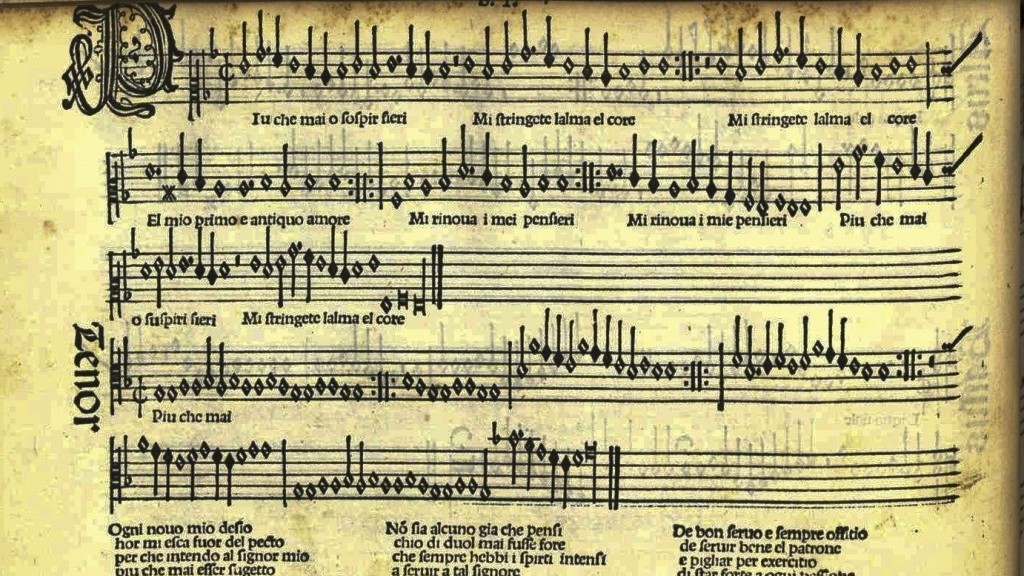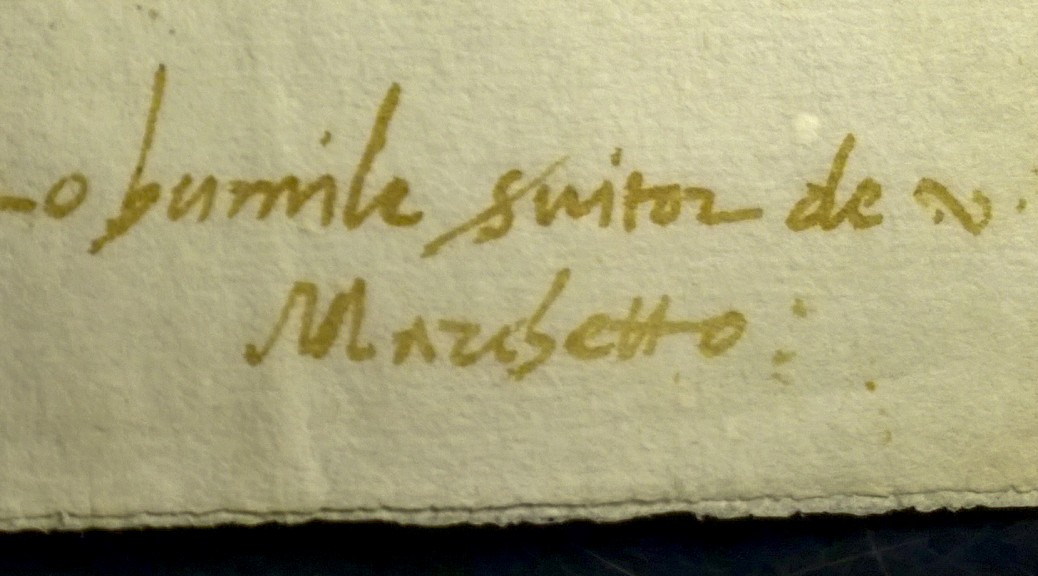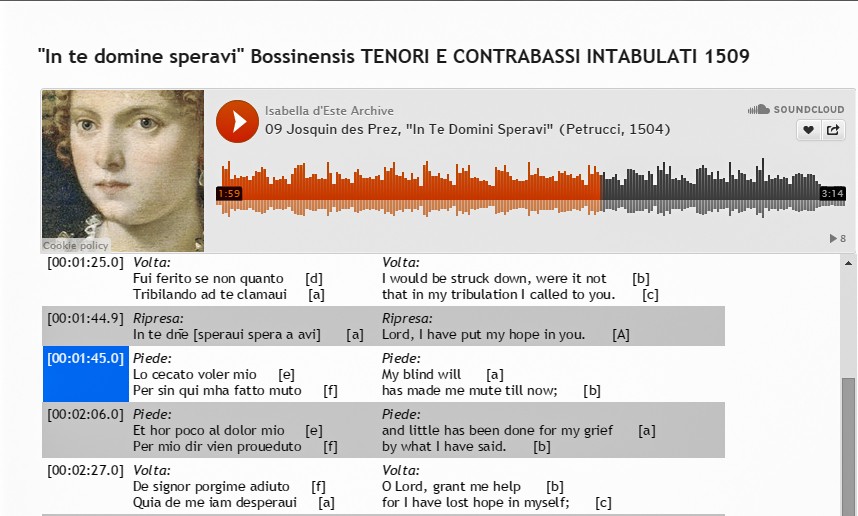Much of what we do in IDEA is to build bridges across disciplines, creating projects where scholars, artists, and performers in a variety of fields contribute their expertise toward a common goal. Thus, IDEA’s research teams include Italian scholars as well as Americans, experts in Italian literature, ceramics, archival studies, early printing, music history, and performance. The research that has gone into POPP encompasses a variety of materials as well; seven Collections comprise our database: a documents Archive, Events, Library, Objects, People, Places, and Repertory. In the DH Press visualizations, data records are classified by Collection, a classification that is often used to sort, filter, or color-code information.
To explore the Collections, go to the Laboratory and Filter by Collection. Please keep in mind that we are developing new materials for the site all the time – the items pertaining to each collection number in the thousands, and we’ve only just begun!
Archive – all letters and documents on the site.
Events – includes wedding festivities, periods of imprisonment, battles, etc.
Library – primary and secondary literature, books, articles, editions, CDs.
Objects – items on which music notation appears. These include ceramic plates, ceilings, tiles.
People – includes profiles of people associated with the creation of music – composers, performers, patrons, instrument makers, poets.
Places – offers brief profiles of places associated with the creation of music around the time of Isabella d’Este.
Repertory – in the Laboratory, Repertory records contain different transcript files than on the Repertory site. In the Laboratory, look for the text of a Repertory record to be paired with an excerpt from a related text – one of the psalms, or a passage from Petrarch’s Canzoniere. On the Repertory site, song transcripts are paired only with their translations and, when available, a performance.
